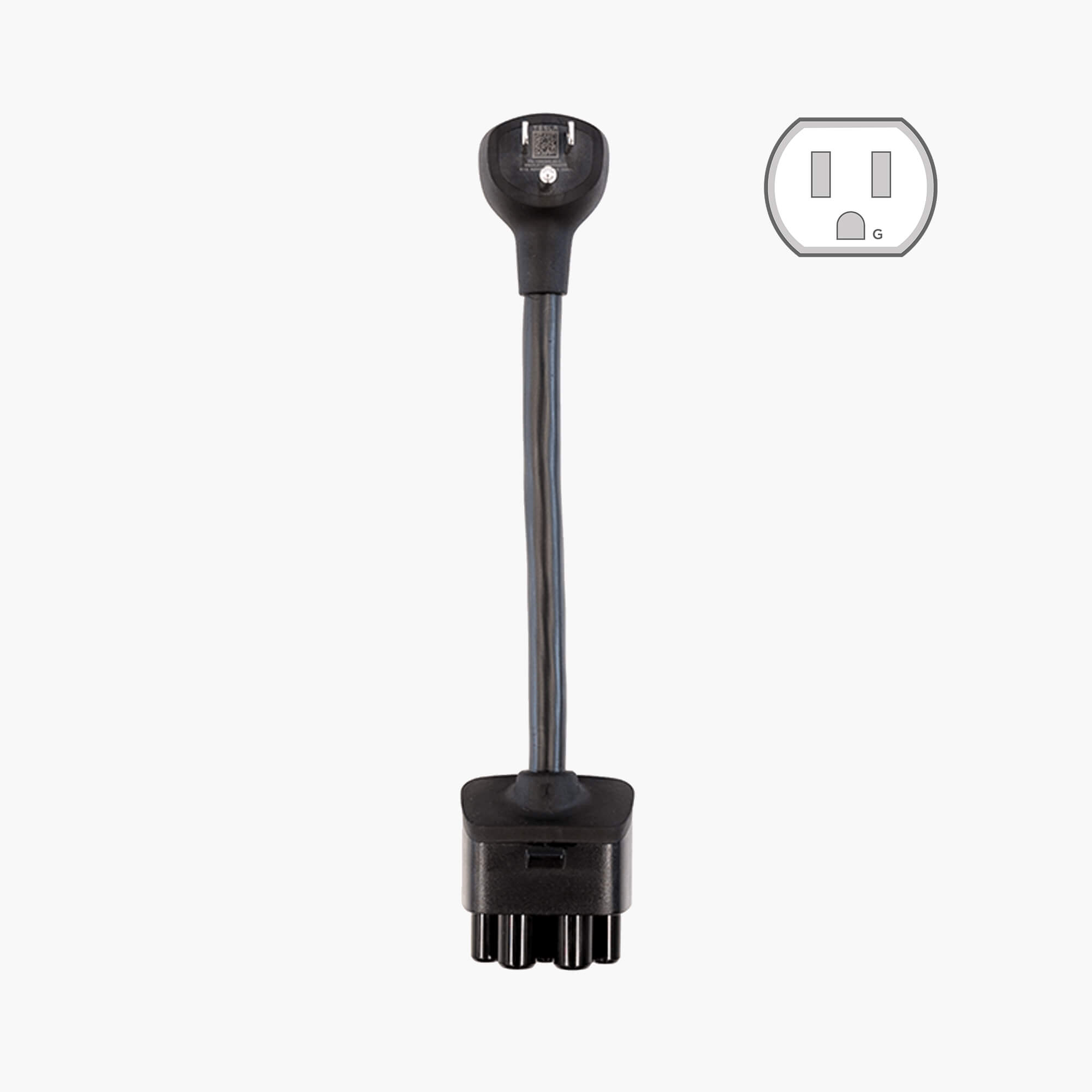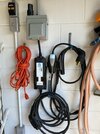Hey guys,
I just purchased my brand new Model Y 2 weeks ago and I’m down to 500 miles of the 1,000 I was given for the referral bonus or whatever. I’m stuck between upgrading to a level 2 charging solution or staying at level 1. I drive about 30-40 miles per day and I usually charge about 30-40 miles per night when I get home and if I miss a day or two and get down to 100 miles or so I just fully charge on my two days off and then go from there. If I miss that charging cycle I just drive to my charging station (7.6 miles out) and fully charge up then head home and usually have about 270-290 miles of range. My deciding factor is this:
If I upgrade to a level 2 charging station at home will that lower or increase my bill, versus if I just stay on the basic level 1 charging, or will it have no adverse change to my bill?
Im a newbie so when it comes to electricity and all that good stuff I just don’t get it. Like say I need to charge 100 miles on my car. That would take 20 hours (5 miles per hour) on my level 1. But on level 2 it might do it in half the time or maybe even faster then that. But does it cost the same thing to do both since it is giving me 100 miles either way. Or since the level 2 charging is faster and does it in half the time, does that make it cheaper? Trying to see if I am paying to just charge faster or if I am actually paying for efficiency in the long run since I will be charging 100% at home over the next 7-10 years.
To add to the equation, don’t know if this helps or I tried to switch to TOU and potentially go solar. However, my electric company PG&E said to stay on my current plan because I pay 0.17 cents for my baseline tier, 0.22 cents for tier 2, and 0.265 cents for high use regardless of how much I use or the time of day I charge. They did say going solar would be up to me on whether or not I can negotiate a cheap rate with the solar company. But that’s a different conversation for a different day. I just wanted to add how much I was paying just in case that changes things!
Weather: In the summer it gets about 90-108 degrees, and normally 80-95 on regular days so that may also be a factor as I lose range due to the heat as well.
If there is anything else that would help let me know. I want to be as transparent as possible, to ensure I get the answer I am looking for! Thanks as always and look forward to your responses!
I just purchased my brand new Model Y 2 weeks ago and I’m down to 500 miles of the 1,000 I was given for the referral bonus or whatever. I’m stuck between upgrading to a level 2 charging solution or staying at level 1. I drive about 30-40 miles per day and I usually charge about 30-40 miles per night when I get home and if I miss a day or two and get down to 100 miles or so I just fully charge on my two days off and then go from there. If I miss that charging cycle I just drive to my charging station (7.6 miles out) and fully charge up then head home and usually have about 270-290 miles of range. My deciding factor is this:
If I upgrade to a level 2 charging station at home will that lower or increase my bill, versus if I just stay on the basic level 1 charging, or will it have no adverse change to my bill?
Im a newbie so when it comes to electricity and all that good stuff I just don’t get it. Like say I need to charge 100 miles on my car. That would take 20 hours (5 miles per hour) on my level 1. But on level 2 it might do it in half the time or maybe even faster then that. But does it cost the same thing to do both since it is giving me 100 miles either way. Or since the level 2 charging is faster and does it in half the time, does that make it cheaper? Trying to see if I am paying to just charge faster or if I am actually paying for efficiency in the long run since I will be charging 100% at home over the next 7-10 years.
To add to the equation, don’t know if this helps or I tried to switch to TOU and potentially go solar. However, my electric company PG&E said to stay on my current plan because I pay 0.17 cents for my baseline tier, 0.22 cents for tier 2, and 0.265 cents for high use regardless of how much I use or the time of day I charge. They did say going solar would be up to me on whether or not I can negotiate a cheap rate with the solar company. But that’s a different conversation for a different day. I just wanted to add how much I was paying just in case that changes things!
Weather: In the summer it gets about 90-108 degrees, and normally 80-95 on regular days so that may also be a factor as I lose range due to the heat as well.
If there is anything else that would help let me know. I want to be as transparent as possible, to ensure I get the answer I am looking for! Thanks as always and look forward to your responses!






